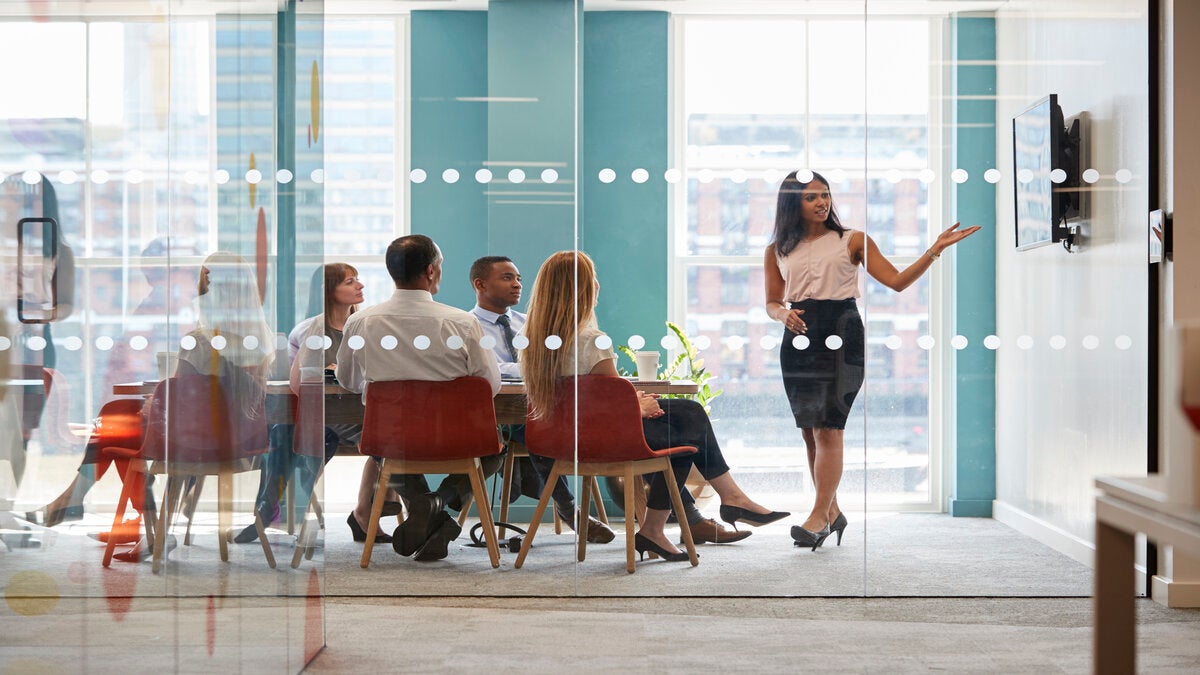
A growing number of UK companies are turning to a tried and tested, albeit somewhat controversial, tactic to bolster investor returns: the share buyback. When executed well and at the right time, buybacks provide existing shareholders with a larger ownership stake and can spark demand from new investors – both of these may boost the company’s share price.
UK companies have historically opted for dividends as a way of returning surplus capital to shareholders. But share buybacks have emerged as an alternative means of delivering returns. Last year, FTSE 100 companies committed to buying back at least £56.9bn of shares, up from about £50bn in both of the previous two years, according to AJ Bell, an investment platform. Similarly, the share of FTSE 250 companies buying back shares has increased from 42% in 2014 to 56% in 2024.
More large UK firms bought back at least 1% of their shares last year than did their US peers. This is remarkable considering the practice has been mainstream in the US for decades. Analysts suggest the trend may be linked to persistent UK economic uncertainty, with companies turning to buybacks to reassure investors and support their share prices while they postpone other investments.
Shell, HSBC and Centrica were among the prominent companies to announce buyback programmes last year, and others are likely to follow suit. So what does a buyback really signal about a company’s financial health?
The big buyback debate
Some view buybacks as a sign of confidence and commitment to delivering shareholder value. “A buyback can help a company manage capital, boost share prices and signal confidence to the markets,” says Ifty Nasir, the founder and CEO of Vestd, an equity-management platform. “It’s a public demonstration of leadership’s belief in the business, a sign that executives think the company is undervalued by the wider market. That signal can be very effective in getting traders to pay attention.”
Studies have shown that companies often see their stock price outperform the broader market after completing a share buyback. A 2025 paper titled Does the daily reporting of share buybacks matter? explained how daily buyback disclosures can be used successfully as trading signals. The authors compared the performance of companies that bought back shares with the FTSE All-Share Index, a benchmark for the UK stock market. These firms consistently outperformed the index by a considerable margin, anywhere from 7% to 50% per year.
Well-run businesses shouldn’t repurchase shares just to project confidence
Buybacks have also proved effective in helping companies rebound from financial setbacks. A notable example is the logistics company XPO, which announced a $1bn (£754m) buyback in 2018 after suffering weak financial results caused by an economic downturn and a short-seller attack. The move immediately lifted shareholder value by more than 7% and, over the following two years, XPO went repurchased more than 25% of its outstanding shares.
But not everyone is convinced of the wisdom of this strategy, let alone its prudence. Critics argue that buybacks distract from poor business fundamentals and can be used to manipulate financial optics including earnings per share (EPS), which is often used to calculate executive pay. Worse still, companies might prioritise boosting short-term share prices at the expense of long-term growth, diverting funds away from research and development or expansion efforts, for instance.
“Well-run businesses shouldn’t repurchase shares just to project confidence,” argues Vasileios Kallinterakis, an associate professor in finance at Durham University Business School. “Far from signalling strength, doing so suggests the company has run out of productive ideas for deploying its capital. That doesn’t bode well for future growth.”
At worst, buybacks could be viewed as a way to manipulate shareholders. “Using buybacks purely to boost share price might work in the short term. But investors tend to see through that over time – and, when they do, they may head for the exit,” Kallinterakis says. “A company can’t fool people forever.”
Buybacks, therefore, are not inherently good or bad. But they must be used strategically and never as a substitute for efforts to create long-term value.
When’s the right time to repurchase?
Share buybacks should always be assessed in the context of a company’s overall investment and capital allocation strategy, says Kallinterakis. Firms whose stock is trading below its long-term intrinsic value can use buybacks to enhance the per-share value for remaining investors, for instance. However, for companies whose stock is overvalued, executing a repurchase would be like overpaying for an acquisition; the action would benefit sellers and dilute value for shareholders who remain invested.
Strong executive teams view buybacks as just one of many strategic uses of capital in a broader capital allocation strategy, alongside reinvestment or M&A. “Buybacks should be used to manage only money left over after all profitable growth opportunities have been pursued,” says Kallinterakis. Such a strategy displays discipline, not waste.
“The ideal time to execute a buyback is when you’ve done something positive, such as launching a new project that hasn’t yet been disclosed but is likely to boost the company’s financials,” he adds. “That’s when buybacks can send a powerful signal to the market.”
Rules and restrictions
Although buybacks can help companies improve performance, executing one is not always feasible, Nasir warns. Rules around how they’re funded and how the shares are treated after repurchase can limit flexibility and reduce their overall effectiveness.
For instance, if a company seeks to repurchase its own stock and hold it as treasury shares that can later be reissued, such as through employee options, the buyback must be funded by distributable profits – retained earnings or profit that can legally be paid out. Many early-stage companies do not have such funds available. The de minimis exception for share buybacks allows private companies to repurchase some of their own shares without distributable profits, but the maximum amount – £15,000 or 5% of the company’s share capital, whichever is lower – is usually not enough to be meaningful, Nasir explains.
A company can’t fool people forever
Alternatively, shares can be repurchased for immediate cancellation. Nasir explains that doing so can improve EPS, but it further reduces flexibility since the shares can’t be reissued later. “Wiping out shares could also shift the voting power among remaining shareholders, so you need to tread carefully,” he warns.
There are also practical, legal and tax considerations to be made. HMRC treats buybacks as a distribution, meaning they’re taxed as dividends rather than capital gains, potentially reducing the after-tax benefit for shareholders. Moreover, some firms’ articles of association or shareholder agreements include pre-emption rights or other conditions that may restrict share transfers.
“Executives should think carefully about how buybacks affect shareholders and investors,” Nasir says. While they may serve as a liquidity event, enabling employees or early backers to realise value without a full exit, they also add complexity to the cap table, he explains. “It’s essential to ensure buybacks don’t inadvertently disrupt option pools or trigger issues under shareholder agreements.”
Buybacks are surging in popularity among UK companies seeking to enhance shareholder value and signal confidence in uncertain times. But they must be deployed judiciously, as part of a broader capital allocation strategy, to support sustainable value. They are no substitute for investment in the company’s future.

A growing number of UK companies are turning to a tried and tested, albeit somewhat controversial, tactic to bolster investor returns: the share buyback. When executed well and at the right time, buybacks provide existing shareholders with a larger ownership stake and can spark demand from new investors – both of these may boost the company’s share price.
UK companies have historically opted for dividends as a way of returning surplus capital to shareholders. But share buybacks have emerged as an alternative means of delivering returns. Last year, FTSE 100 companies committed to buying back at least £56.9bn of shares, up from about £50bn in both of the previous two years, according to AJ Bell, an investment platform. Similarly, the share of FTSE 250 companies buying back shares has increased from 42% in 2014 to 56% in 2024.
More large UK firms bought back at least 1% of their shares last year than did their US peers. This is remarkable considering the practice has been mainstream in the US for decades. Analysts suggest the trend may be linked to persistent UK economic uncertainty, with companies turning to buybacks to reassure investors and support their share prices while they postpone other investments.





